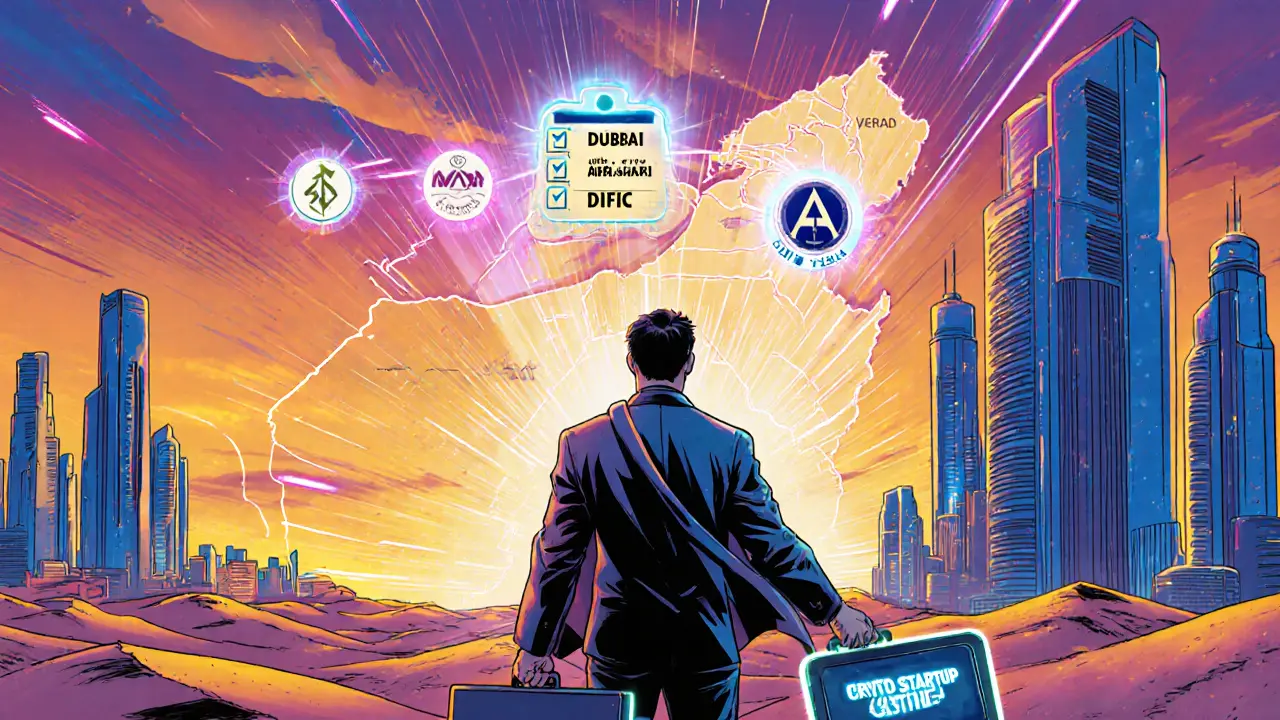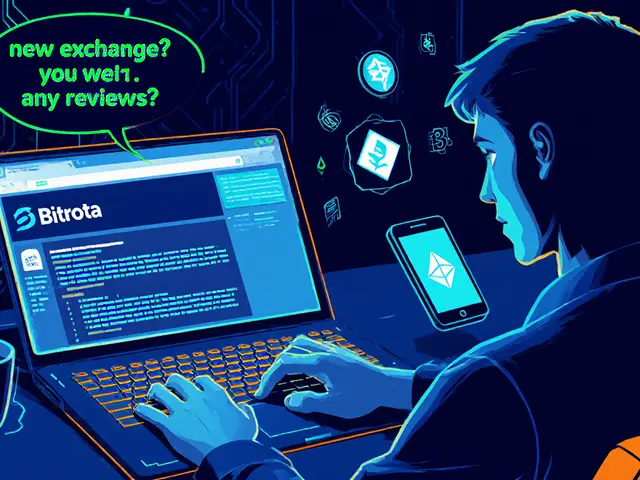VARA License
When dealing with VARA license, a regulatory credential issued by the Virtual Asset Regulatory Authority to authorize crypto‑related activities. It’s also called the Virtual Asset Registration Authority license, and it serves as a gatekeeper for exchanges, DeFi platforms, and token issuers that want to operate legally. In practice, obtaining a VARA license means proving you meet capital requirements, have robust governance, and can demonstrate anti‑money‑laundering (AML) controls. Without it, many jurisdictions will block your service, and investors may shy away. The license therefore sits at the intersection of legal compliance and market credibility, shaping how projects launch, raise funds, and interact with users.
Key Regulations that Shape the VARA License
Understanding the crypto regulation, the body of laws governing digital assets worldwide is essential because it directly influences VARA licensing criteria. For example, the EU’s MiCAR framework (MiCAR, Markets in Crypto‑Assets Regulation) sets strict consumer‑protection and disclosure rules that many VARA‑approved platforms must adopt. Meanwhile, blockchain AML, the suite of technologies and processes that detect illicit activity on ledgers provides the technical backbone for meeting Know‑Your‑Customer (KYC) and transaction monitoring obligations demanded by the license. Add stablecoin legislation, rules that target pegged digital currencies to ensure they’re fully backed and auditable, and you see a clear pattern: each regulatory strand feeds into the VARA license’s risk assessment framework. In short, the VARA license requires compliance with global crypto regulation, leverages blockchain AML tools, and aligns with stablecoin laws to keep the ecosystem safe and trustworthy.
Below you’ll find a curated set of articles that break down each of these pieces in plain language. From deep dives on how AML analytics work, to step‑by‑step guides on meeting MiCAR requirements, the collection equips you with the practical know‑how to pursue a VARA license or evaluate projects that already hold it. Dive in to see real‑world examples, risk‑focused checklists, and actionable tips that will help you navigate the regulatory landscape with confidence.




